Team:Heidelberg
From 2014.igem.org
(Difference between revisions)
| Line 24: | Line 24: | ||
<h3>iGEM TEAM <span>HEIDELBERG</span> 2014</h3> | <h3>iGEM TEAM <span>HEIDELBERG</span> 2014</h3> | ||
<h1>THE RING<br />OF <span>FIRE</span></h1> | <h1>THE RING<br />OF <span>FIRE</span></h1> | ||
| - | < | + | <h4>Welcome to the proteins of tomorrow.<br/>This is the iGEM team Heidelberg‘s wiki page.</h4> |
<p> Click <a href="/Team:Heidelberg/Project#Abstract">here</a> to view our abstract. | <p> Click <a href="/Team:Heidelberg/Project#Abstract">here</a> to view our abstract. | ||
<br/> | <br/> | ||
Revision as of 14:50, 13 October 2014
 "
"
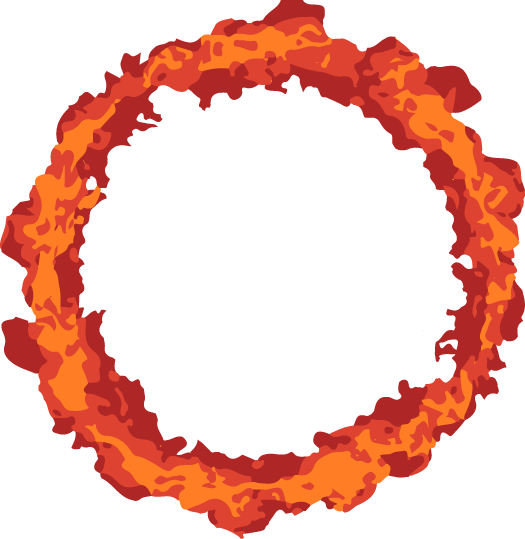
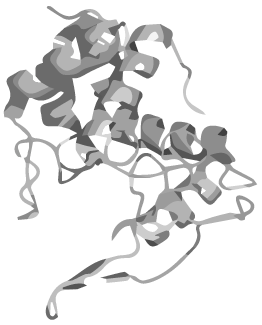
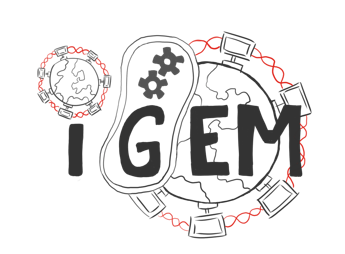
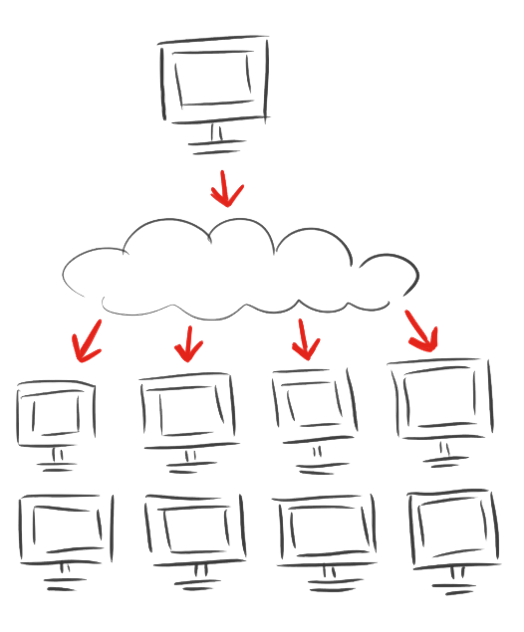
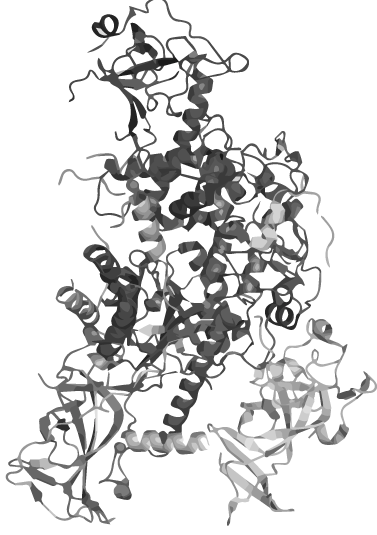

 CIRCULARIZATION
CIRCULARIZATION
 OLIGOMERIZATION
OLIGOMERIZATION
 FUSION
FUSION
 ON/OFF
ON/OFF
 PURIFICATION
PURIFICATION
